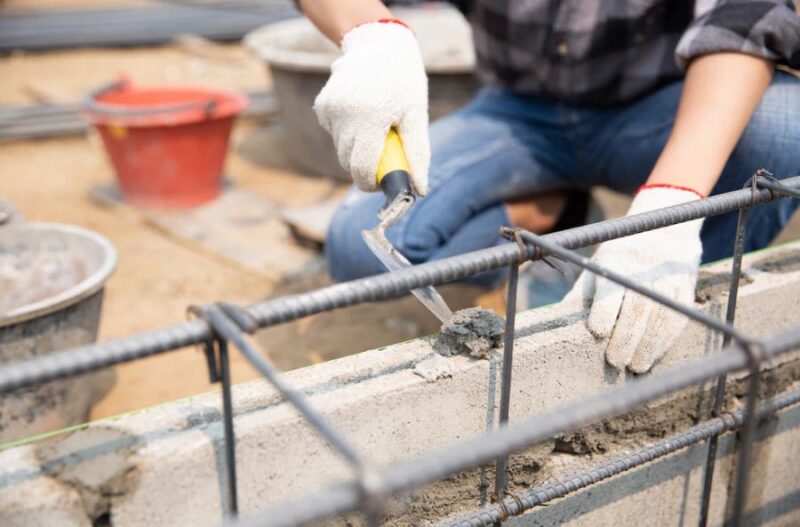Did you know that around 4.4 billion tons of concrete are produced yearly?
Concrete is one of the most widely used construction materials in the world. It is all around us — the sidewalks we walk on, our buildings and roads, dams, sewage, water treatment plants, and more.
While most people are familiar with concrete basics, not all know how it began dominating the construction industry. Let’s take a look at the surprising history of concrete.
A Brief History of Concrete
In the 19th century, Joseph Monier coined concrete with newly discovered Portland cement. From then on, the material began to spread in popularity worldwide. Concrete also played a significant role in developing large-scale projects such as:
- Bridges
- Dams
- Skyscrapers
As it grew in use, innovations in the material increased its properties. They are making it a suitable construction material for a variety of projects. It is now the go-to material for construction, and it’s even used to manufacture precast building materials.
Concrete’s Advantages
Concrete has become the most used construction material worldwide due to its advantages. Concrete’s most essential advantage over other materials is its low cost. The materials used to make the concrete price is much less than traditional building materials like stone and brick.
In addition, concrete has the advantage of being one of the most durable materials available. Concrete has firm compression and resistance to wear and tear. This is the perfect material for building foundations, walls, and other support structures.
Additionally, it is lightweight, easy to transport, and requires minimal labor, saving time and money. While it cannot be used in all applications, concrete’s advantages make it the material of choice for many commercial, industrial, and residential projects.
Uses of Concrete in Different Areas
Concrete is used in structural applications. Its strength and durability make it a top choice for many applications ranging from large-scale infrastructure to home foundations. Its adaptability to various environments has led to multiple uses in different areas.
In the past, concrete was primarily used for decorative purposes such as statues, columns, and sculptures. Concrete is also used to create energy-efficient buildings due to its thermal and acoustic properties.
As a result of its many capabilities, concrete is now the go-to material for current construction projects. This will remain a mainstay for years to come.
Environmental Impact
Despite its popularity, concrete has a downside — its extensive environmental impact. It requires large amounts of resources. It puts a tremendous strain on the environment.
Concrete can reduce energy consumption in long-term production plants. Recent advancements in concrete production processes have led to the following:
- Much cleaner
- More efficient production process
- Minimizing environmental impacts
As a result, concrete’s environmental footprint is steadily decreasing. Making it an increasingly popular building material. If you are considering construction materials, check these cement alternatives.
The Future of Concrete
Efforts are being made to improve its strength and durability. Recycled materials are also being integrated into production. It is to reduce concrete’s overall carbon footprint.
With an ever-growing demand for new and innovative construction materials, the future for concrete looks very bright.
Understanding the Concrete
Concrete has revolutionized the construction industry. With its versatility and durability, it is ideal for a variety of applications. If you’re considering a project for your home or business, try concrete for its guaranteed performance.
If you’re interested in more, check out our site today!










